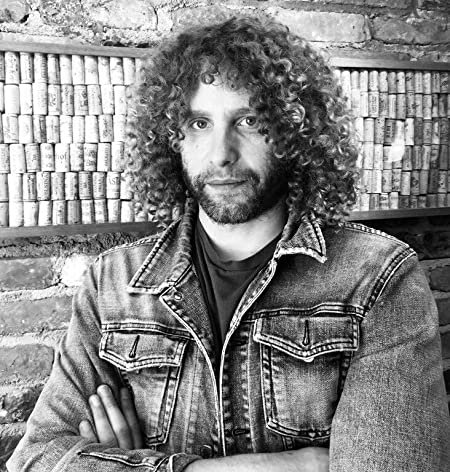Jerry Cantrell Tells How Alice In Chains Buried Their Past with 'The Devil Put Dinosaurs Here'

Jerry Cantrell tells how Alice in Chains buried their past with The Devil Put Dinosaurs Here, a monster of an album unlike anything they’ve made before.
“We approach every new record the same way—by just fucking totally forgetting about the last one,” Jerry Cantrell says about the creative process within Alice in Chains. “You have to start from a zero every time.”For Alice in Chains, of course, starting from zero hasn’t always been so easy. For a long time, the band’s past—both the highs and lows—has loomed rather largely in their present. Their last album, 2009’s Black Gives Way to Blue, was their first in more than a decade and had longtime fans champing at the bit to hear if it would stand up to Nineties-era classics like Facelift and Dirt. It was also the band’s first release with singer William DuVall in place of deceased frontman Layne Staley. (In 2011, original bassist Mike Starr, who performed on Facelift and Dirt, also passed away.) But after such a long and tumultuous absence, Black proved to be a triumphant return for the band, debuting in the Top Five on the Billboard album chart and eventually going Gold.Alice in Chains’ new and fifth studio album, The Devil Put Dinosaurs Here, is perhaps an even stronger effort. Recorded with producer Nick Raskulinecz (Foo Fighters, Rush, Deftones) at L.A.’s Henson Studios, the disc sports plenty of sludgy, piledriving midtempo rockers, like the mammoth first single “Hollow” and the harmonically skewed “Stone.” But several tracks—including “Voices,” “Choke” and “Scalpel”—exhibit the same type of beautiful acoustic/electric guitar blend and rich vocal-harmony work that characterized the band’s 1994 EP, Jar of Flies. But Dinosaurs also pushes into more exotic waters, from the hypnotic and slow-building title track to the truly eerie “Hung on a Hook” to the crushingly metallic “Phantom Limb,” which boasts a minor-key riff that might not be out of place on a Slayer record—if it was being played at half speed. Essentially, it’s an album that sounds very much like Alice in Chains, but it also shows the band continuing to push forward.“We’re really proud of this record,” Cantrell says. “It’s got all the elements of any record we’ve ever put out, but it’s also unlike any record we’ve ever put out.” Which is, he believes, as it should be. “The element that’s always going to remain the same is us,” Cantrell says. “And you have to trust that that element’s going to be there just from the simple fact that [bassist] Mike [Inez], [drummer] Sean [Kinney], William and I are in the same room playing together. We sound the way we sound. That’s not going to change. So you begin with that unified thing and then you just keep building. You start pulling shit out of your ass and see what happens.”GUITAR WORLD: There’s been a really great response to the new material, in particular the first single, “Hollow.”It’s just one of those nice surprises. It’s a big, meaty track, and it definitely displays a certain sound—the larger, more aggressive side of the band. We always like to come out with something like that first. So it was intended as a nice, fat, chunky album cut for the fans to get them excited for what’s to come.That song is indicative of the Alice sound, but you also go in some different directions on this record. One song in particular that struck me is the title track, which cycles through a few vibes musically and has a lyric that delves into social commentary, touching on religion in particular. That’s a bit unusual for you guys. As a band, whether you’re writing internally or whatever, you’re not only reflecting on what’s going on with you but also what’s going on around you. And I think that lyric element has always been there with us, if you’re listening for it. I would say “The Devil Put Dinosaurs Here” is right in line with the spirit of Alice as far as the subject matter is concerned. You can go back to our first hit, “Man in the Box,” and there are elements of that same way of thinking. It’s always been kind of unbelievable and funny to us that a lot of stupid and hateful beliefs get perpetuated. And I remember with “Man in the Box,” we had a couple picketers here and there. But it’s like that old joke: What are the two things you don’t want to get in an argument with anyone about? Religion and politics. It’s a hot-button topic that ignites conversation and strong opinions. What gear did you use on the new album?My G&L Rampage and Les Paul were the main guitars, but I wasn’t married to anything specific. There’s also SGs, Vs, Teles, Rickenbackers, Fenders, Guilds—all sorts of things. A lot of baritone, too. Amp-wise, I’ve been using the Dave Friedman [the custom “Marsha”] amp for the last couple years. And I’ve always been a big Bogner fan and used a lot of those on the record, too. Between those two, that was the core sound, for sure. But we probably used more amps on this album than on the last one. There’s Orange, Hiwatt, Soldano, some Marshall. There’s a bunch of [Vox] AC-30 on the record. We had about seven or eight heads hooked up and ready to go in any configuration we needed, and we just experimented as we went along. We could dial in whatever guitar/amp combo worked for whatever song, because the song generally tells you what it needs.One of the hallmarks of your guitar style has always been your use of wide note bends, in particular the way you incorporate them into riffs. You can hear examples of it in new tracks like “Stone” and going all the way back to Facelift songs like “It Ain’t Like That.” Where does that element come from?It’s hard to say. Really, it’s just what I do. I guess I’ve always been a fan of Tony Iommi, and that bend at the beginning of “Iron Man,” that’s an early example right there. But it’s just something I’ve naturally done for a lot of years. The riff in “It Ain’t Like That,” that’s based around a bend that was actually a joke. I remember at rehearsal, I got pissed off about something and I made some noise. I did that reverse strum on the E chord with a bend on the G. I was dicking around, and all the guys looked at me, like, “That was cool! Do that again!” And I was like, “I was fucking joking, dude!” [laughs] Then when Layne started playing guitar a bit, he picked up on that element as well. He put some of those bendy riffs into “Hate to Feel” and “Angry Chair” [both from Dirt]. It’s something that’s always appealed to us sonically. There’s a real tortured element there when you slow bend into a note and hold it to get some sort of dissonance. It just sounds lumbering, like a sick fucking mammoth. Another trademark of your sound is the use of drop D tuning. I spoke with Kim Thayil recently and he recalled having conversations with you about the tuning early on in both bands’ careers.I’ve read a couple of times where he likes to take credit for teaching me that! [laughs] I’m a huge Soundgarden fan, and a fan of Kim’s as well, and we would have a lot of conversations about the tuning. But actually, I learned it from Eddie Van Halen, who used it on “Unchained.” That’s the first time I remember hearing it. Like, ‘What the fuck is that?’ Especially with the flanger on that thing as well. That was just amazing. But it’s just a cool tuning. It gives you that extra low weight, and you have the ability to chord across with a single finger while doing other things with your smaller fingers. As much as you’re known as a guitarist, your vocals are just as essential to the Alice in Chains sound. Your voice and William’s blend really well on the new record. We basically split the vocals, and we split them the last time, too. It’s always been a hallmark of this band—the dual-vocal blend, and also two guys who can carry a song as lead vocalists. And with William it totally works. He’s a really talented guy. Another aspect to William is the guitar. Layne played a little guitar, and he was playing more at the end. But William brings an added element there as well. He’s a very interesting and unique guitar player.Do you feel that you still have to contend with people regarding him as the new guy?I think there’s a handful of people that just can’t fucking move on and can’t get over the fact that we’ve got someone new in the band. It happened, people! You have to move on in life. And I think, with William, there are people that are looking at it unfairly. He’s not trying to be Layne, and he never has tried to be Layne. If you compare their voices, they don’t sound anything alike. Just like Bon Scott and Brian Johnson don’t sound anything alike, but it’s still AC/DC. That’s probably the best comparison I can make. There’s a way this band sounds and a way this band writes songs. And William has lent his talent and gotten onboard to help us continue that legacy. We’ve continued to move forward without losing the identity of ourselves. That’s a tough thing to do but we’ve been able to do it. And I think we’ve proven ourselves. So it’s all laid to rest as far as I’m concerned. We’re making good music, and as long as that’s the case, there’s no reason to do anything else. Photo: Kevin Scanlon
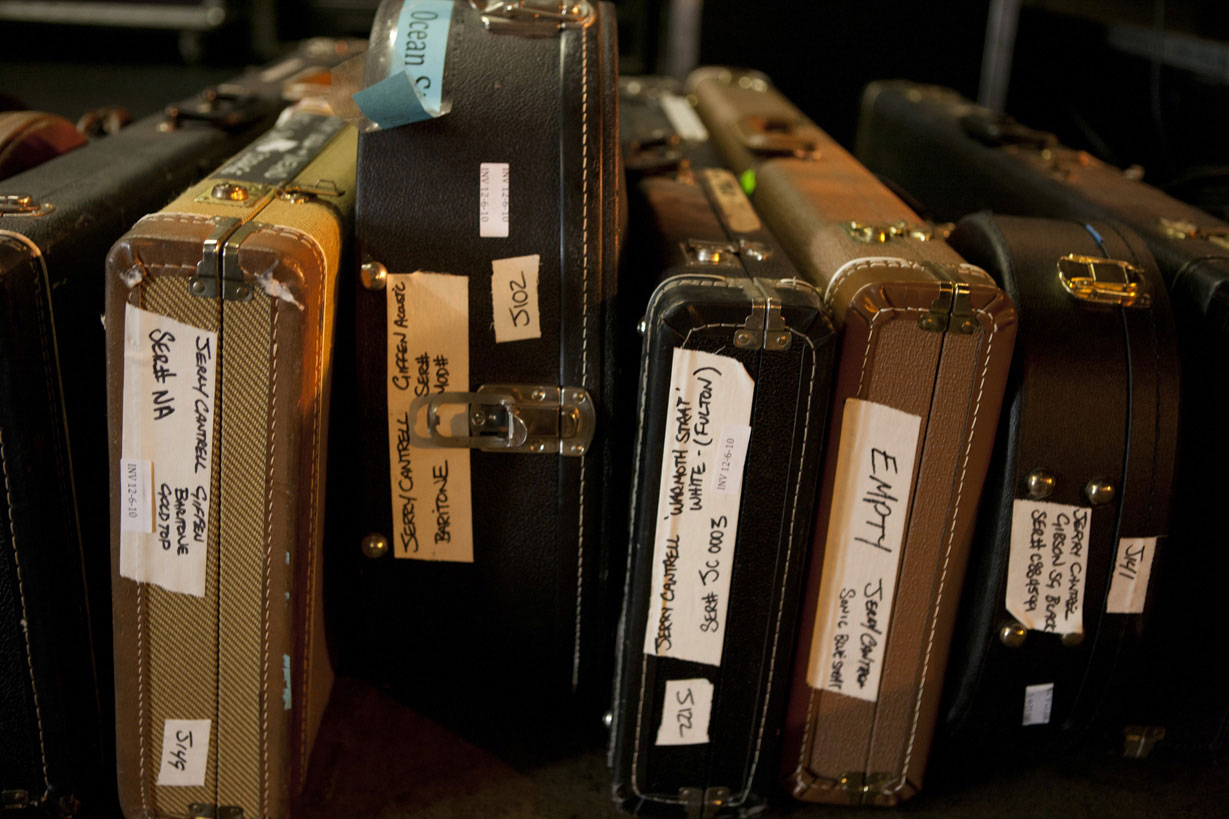
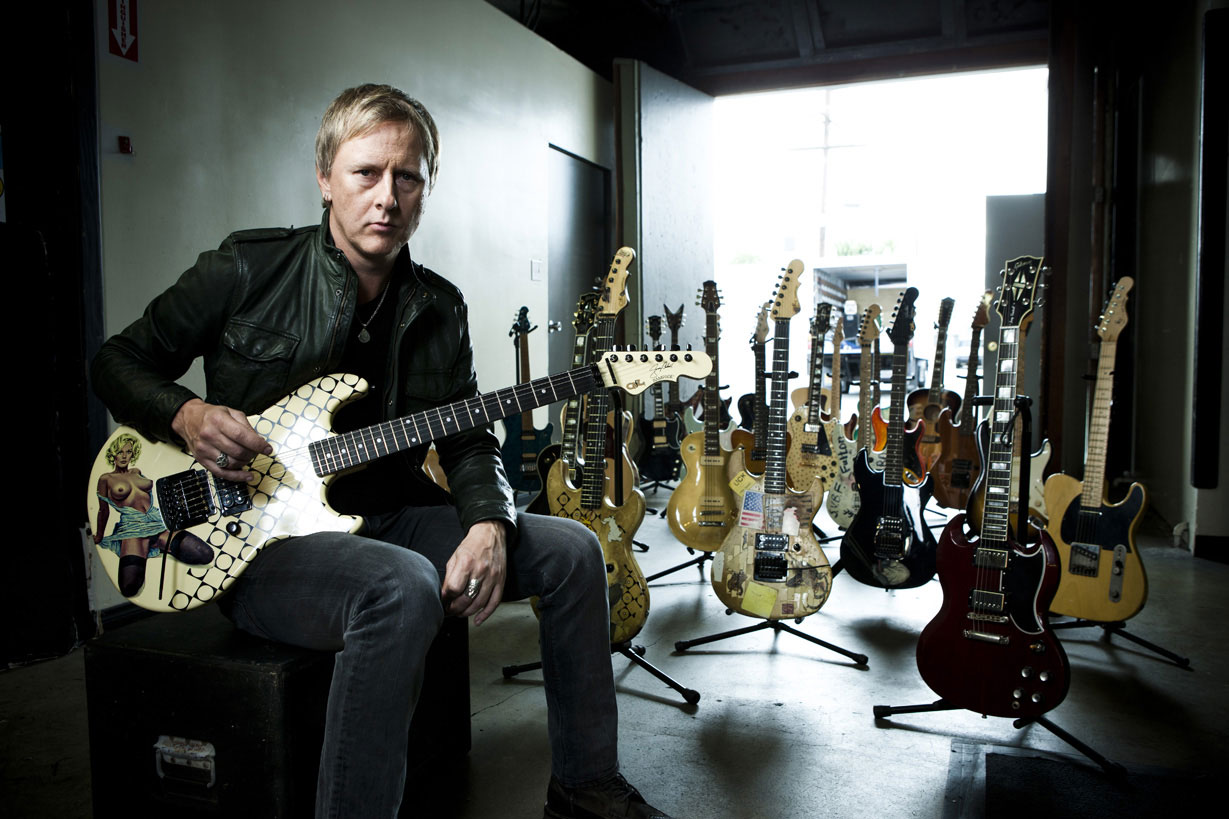

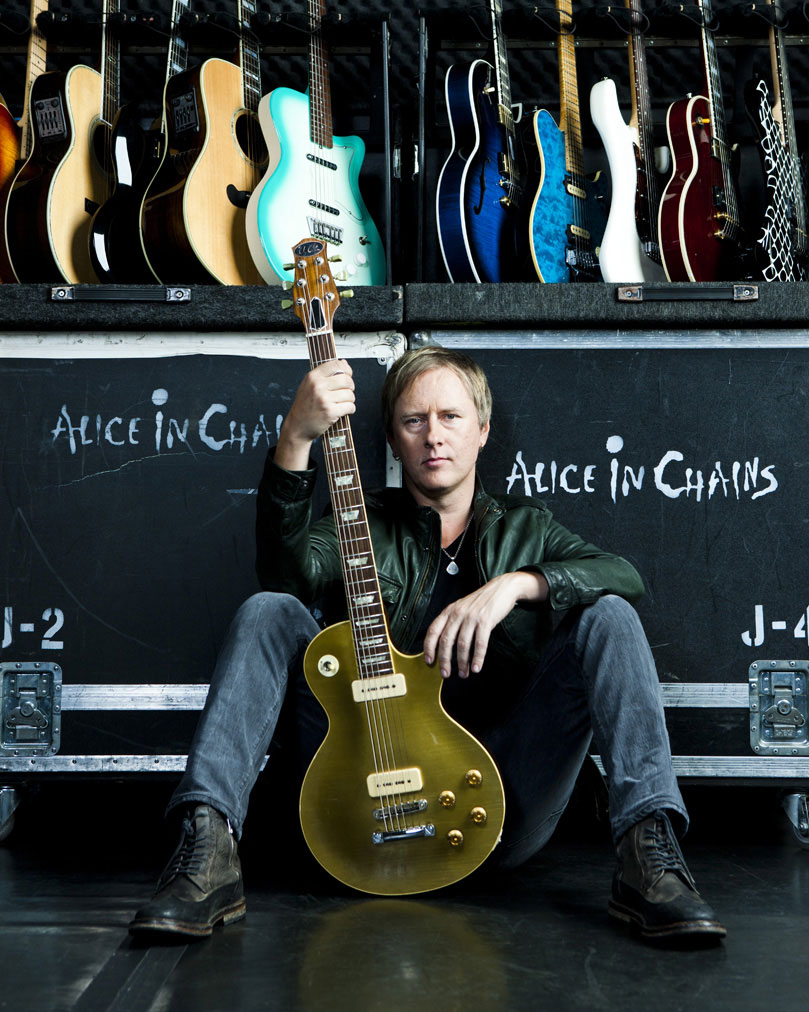
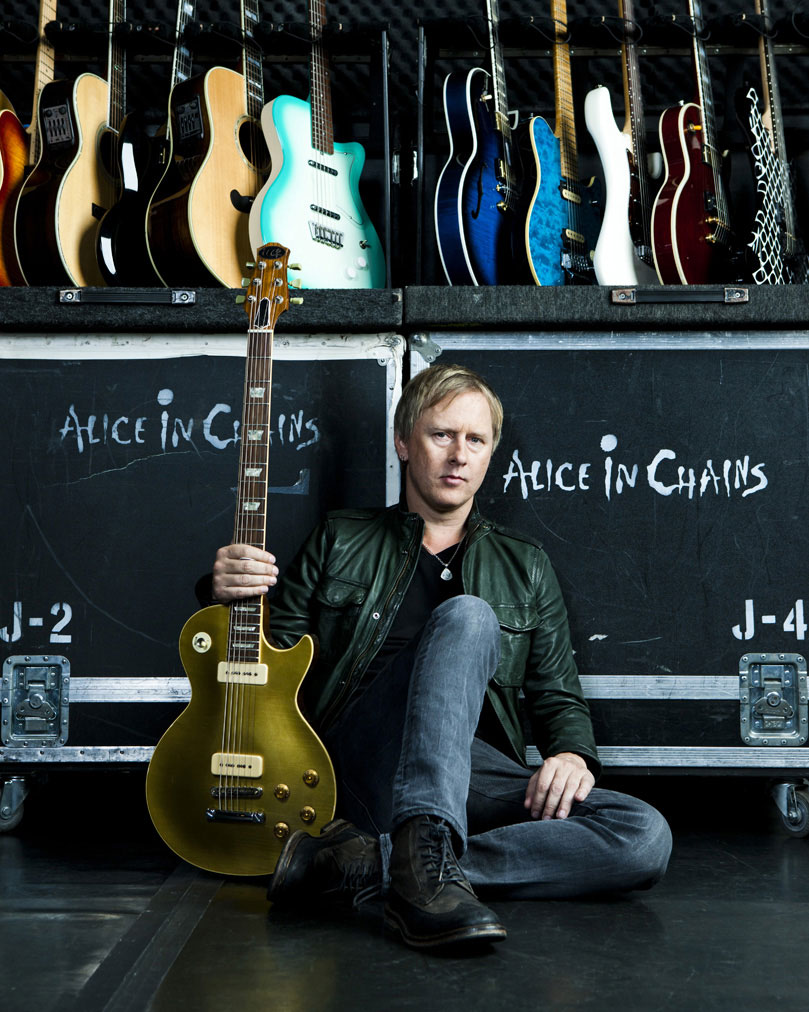

All the latest guitar news, interviews, lessons, reviews, deals and more, direct to your inbox!
Rich is the co-author of the best-selling Nöthin' But a Good Time: The Uncensored History of the '80s Hard Rock Explosion. He is also a recording and performing musician, and a former editor of Guitar World magazine and executive editor of Guitar Aficionado magazine. He has authored several additional books, among them Kurt Cobain: Montage of Heck, the companion to the documentary of the same name.
